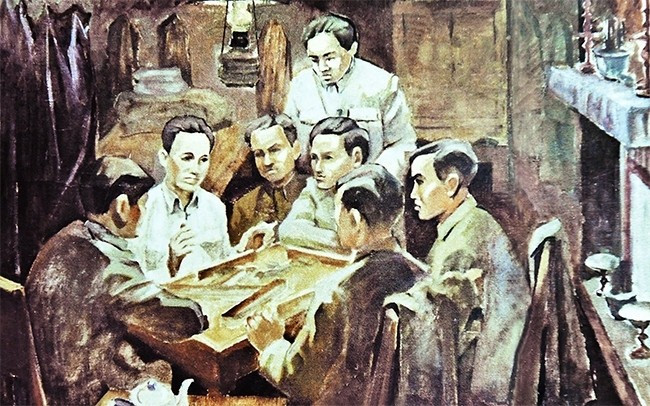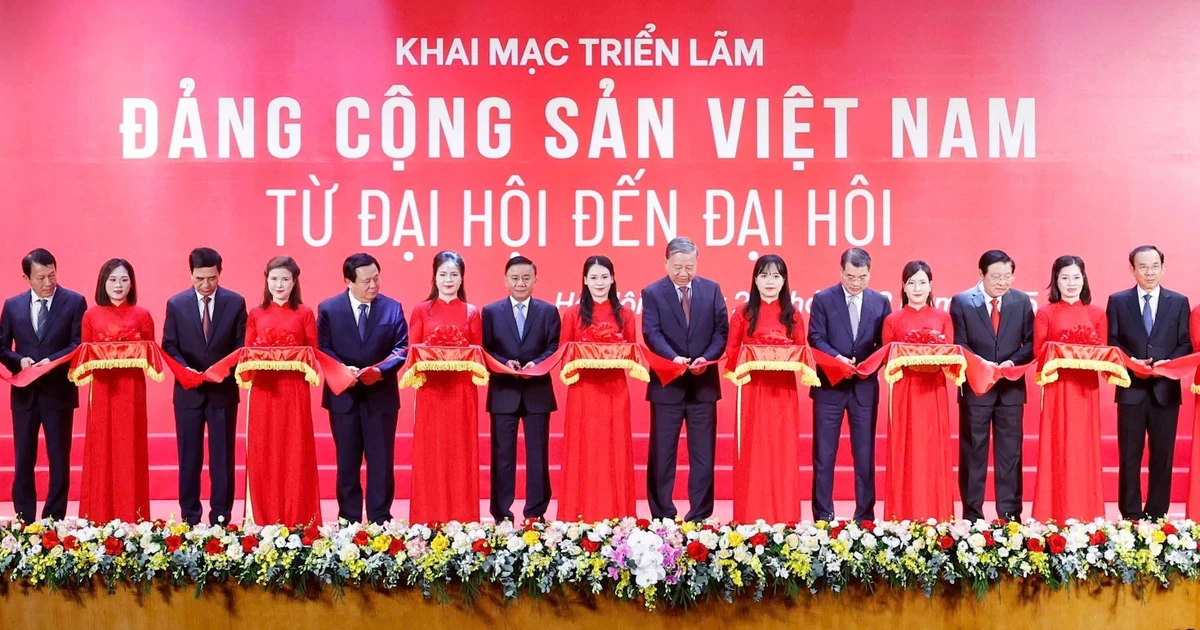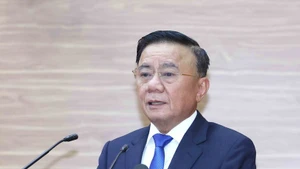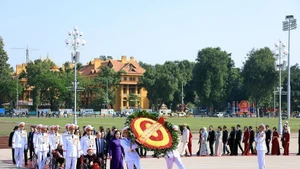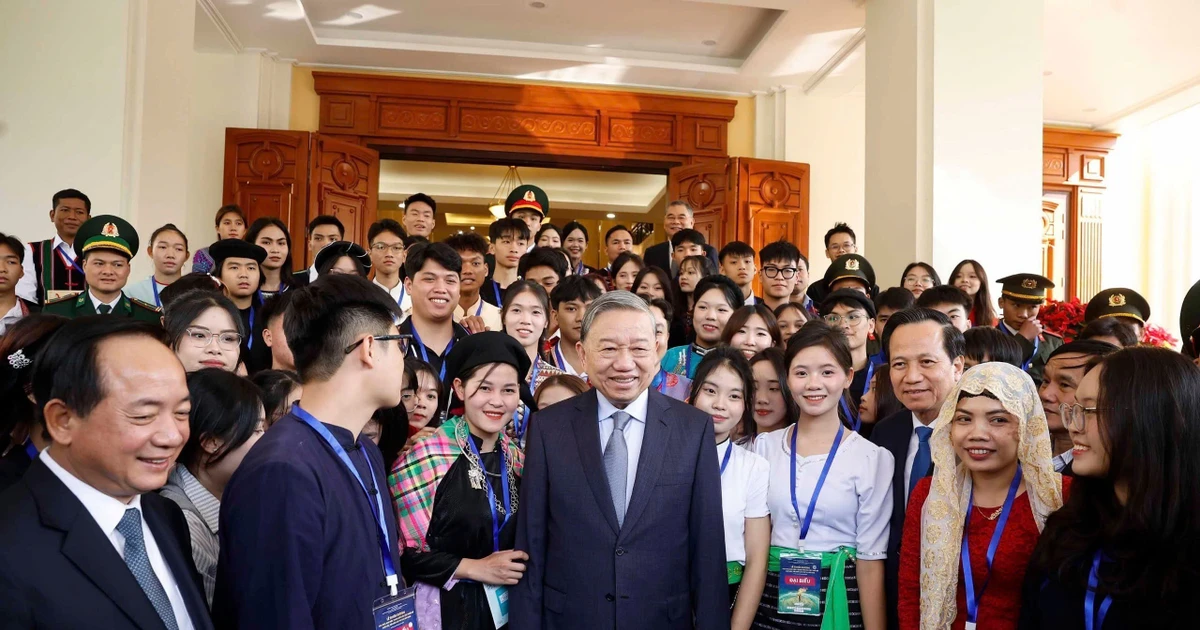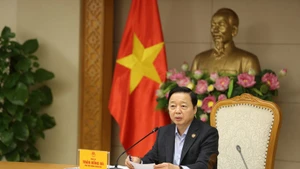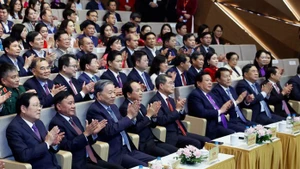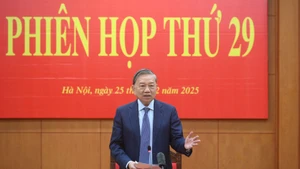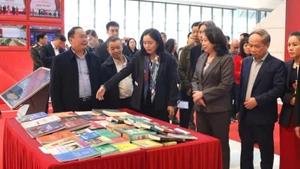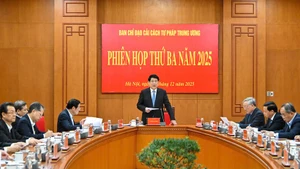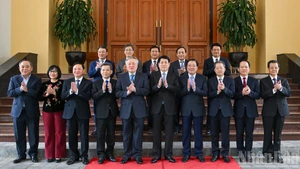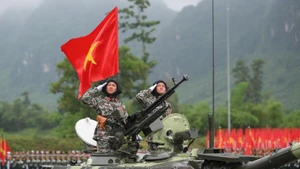It also adopted the Party’s documents drafted by Nguyen Ai Quoc: the Brief Political Platform, Brief Policy and Brief Charter.
At its 3rd National Congress in September 1960, the Party resolved: “From now on, February 3 shall be observed as the anniversary of the founding of the Party.”
The establishment of the Communist Party of Viet Nam marked a historic milestone in the growth of the Vietnamese revolutionary movement and a turning point in the nation’s revolutionary history. It was the inevitable outcome of the combination of Marxism-Leninism, the workers’ movement and the patriotic movement.
(Compiled from: Complete Collection of Party Documents; Chronological History of the Communist Party of Viet Nam; tulieuvankien.dangcongsan.vn).
GENERAL CONTEXT
June 1925: Nguyen Ai Quoc founded the Viet Nam Revolutionary Youth League, actively training cadres and introducing the revolutionary ideals of national liberation based on Marxism-Leninism to Viet Nam.
March 1929: The first Communist cell in Viet Nam was established at 5D Ham Long Street, Ha Noi.
June 17, 1929: The Indochinese Communist Party was founded at 312 Kham Thien Street, Ha Noi.
August 1929: The Annam Communist Party was established in the South.
January 1, 1930: The Indochinese Communist League was founded.
January 6 - February 7, 1930: The conference on the unification of communist organisations into the Communist Party of Viet Nam took place in Kowloon (Hong Kong, China), under the chairmanship of Nguyen Ai Quoc.
DOMESTIC SITUATION
Workers’ movement: Rapidly developed during the 1920s, with many large-scale strikes demanding higher wages, shorter working hours, and resistance to oppression and exploitation.
Patriotic movement: Movements following bourgeois-democratic and petty-bourgeois orientations revealed their limitations in both strategies and methods of struggle, proving incapable of leading the revolution to victory.
Development of three communist organisations: The Indochinese Communist Party (North), Annam Communist Party (South), and Indochinese Communist League operated separately, requiring unification to increase their strength.
Historical significance: The founding of the Communist Party of Viet Nam ended the period of crisis in revolutionary leadership and ideology, opening a new era, the era of the Party’s leadership of the Vietnamese revolution.
INTERNATIONAL SITUATION
The Russian October Revolution (1917): The victory of the first proletarian revolution in the world opened a new era in human history and strongly inspired national liberation movements in colonial countries.
The Communist International (1919): Actively supported the establishment of Communist Parties in colonial countries and sent representatives to assist in unifying the communist organisations in Viet Nam.
National liberation movements: The wave of national liberation struggles surged across Asian colonies such as China, India and Indonesia.
The Great Depression (1929-1933): The global economic crisis deepened the contradictions between imperialist countries and their colonies, creating favourable conditions for revolutionary movements to advance.
